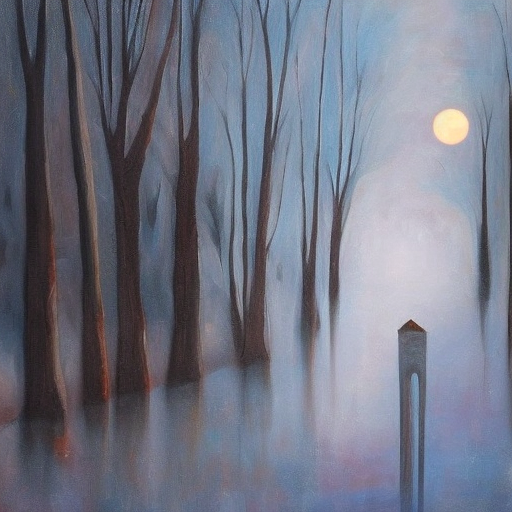Summary of “La Notte” by Michelangelo Antonioni
One-line summary: “La Notte” is a thought-provoking Italian film directed by Michelangelo Antonioni that explores the existential crisis of a married couple during a single night in Milan.
Main Cast and Crew:
- Director: Michelangelo Antonioni
- Writer: Michelangelo Antonioni
- Key Actors:
- Marcello Mastroianni as Giovanni Pontano
- Jeanne Moreau as Lidia Pontano
- Monica Vitti as Valentina Gherardini
- Music Director: Giorgio Gaslini
- Director of Photography: Gianni Di Venanzo
- Producers: Emanuele Cassuto, Raymond Hakim, Robert Hakim
Plot:
“La Notte” takes place over the course of a single night in Milan. The film follows the troubled marriage of Giovanni and Lidia Pontano. Giovanni is a successful writer, while Lidia is a discontented housewife. They attend a party where Giovanni is celebrated for his latest book. However, the couple’s relationship is strained, and they struggle to connect with each other.
During the party, Lidia meets Valentina Gherardini, a young woman who represents freedom and spontaneity. Lidia becomes infatuated with Valentina and begins to question her own life choices. Meanwhile, Giovanni becomes increasingly distant and detached.
As the night progresses, Giovanni and Lidia wander through the city, visiting a hospital and a nightclub. They encounter various characters who reflect their own feelings of emptiness and disillusionment. The couple’s interactions become more strained, and their inability to communicate effectively leads to a breakdown in their relationship.
Themes and Motifs:
“La Notte” explores themes of alienation, existentialism, and the breakdown of communication in modern society. Antonioni uses the urban landscape of Milan as a metaphor for the characters’ emotional isolation. The film also delves into the complexities of human relationships and the search for meaning in a world devoid of genuine connections.
Antonioni employs visual motifs such as reflections, empty spaces, and long takes to emphasize the characters’ emotional distance and the emptiness of their lives. The use of silence and non-verbal communication further underscores the breakdown in communication between Giovanni and Lidia.
Reception and Legacy:
Upon its release in 1961, “La Notte” received mixed reviews from critics. While some praised Antonioni’s innovative filmmaking techniques and exploration of existential themes, others found the film slow-paced and inaccessible. However, over time, “La Notte” has gained recognition as a masterpiece of Italian cinema.
The film was nominated for the Palme d’Or at the 1961 Cannes Film Festival and won the Golden Bear at the 1961 Berlin International Film Festival. Antonioni’s “trilogy of alienation,” which includes “L’Avventura” (1960) and “L’Eclisse” (1962), solidified his reputation as one of the most influential directors of his time.
Recommendation:
“La Notte” is a thought-provoking film that delves into the complexities of human relationships and the existential crisis of modern life. It requires patience and an appreciation for introspective storytelling. Fans of Antonioni’s work and those interested in Italian cinema should not miss this visually stunning and emotionally resonant film.
Memorable Quote:
“We’re all alone, even when we’re together.”












